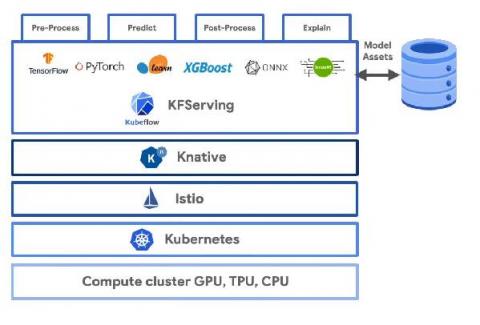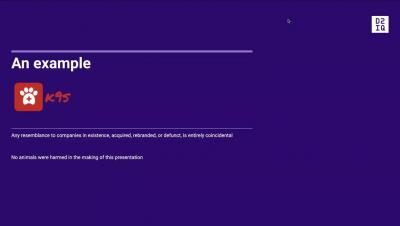Operations | Monitoring | ITSM | DevOps | Cloud
Machine Learning
Finding the Bug in the Haystack with Machine Learning: Logz.io Exceptions in Kibana
Logz.io is releasing its AI-powered Exceptions, a revamped version of our Application Insights, fully embedded in your Kibana Discover experience, to boost your troubleshooting experience and help you find bugs in the log haystack.
Splunk with the Power of Deep Learning Analytics and GPU Acceleration
Splunk is a machine data platform with advanced analytic capabilities that allows anyone to get valuable insights from their data. With unlimited use cases, you can leverage SPL to run any analytics you want. SPL has been supporting native machine learning capabilities for some time now. All you have to do is install the Splunk Machine Learning Toolkit (MLTK) and you are good to start predicting !
Deploying Kubeflow everywhere: desktop, edge, and IoT devices
Kubeflow, the ML toolkit on K8s, now fits on your desktop and edge devices! 🚀 Kubeflow provides the cloud-native interface between Kubernetes and data science tools: libraries, frameworks, pipelines, and notebooks. > Read more about what is Kubeflow To make Kubeflow the standard cloud-native tool for MLOps within the AI landscape, the open-source community has accomplished the aggregation and integration of many projects on top of Kubernetes.
Announcing Splunk Data Stream Processor 1.2
As data continues to explode across the enterprise, we are finding that it is becoming increasingly challenging for organizations to keep up. A recent Splunk report, "The Data Age is Here," found that 57% of companies interviewed expressed that the volume of data is growing faster than they can manage, with 47% bluntly saying they will fall behind when faced with rapid data volume growth.
Kubeflow operators: lifecycle management for the ML stack
Canonical, the publisher of Ubuntu, releases Charmed Kubeflow, a set of charm operators to deliver the 20+ applications that make up the latest version of Kubeflow, for easy consumption anywhere, from workstations to on-prem, public cloud, and edge. > Visit Charmed-kubeflow.io to learn more. Kubeflow provides the cloud-native interface between Kubernetes, the industry standard for software delivery and operations at scale, and data science tools: libraries, frameworks, pipelines, and notebooks.
AI Chihuahua: Why Machine Learning is Dogged by Failure and Delays - Ian Hellström (D2iQ)
Machine learning log analysis and why you need it
Your log analysis solution works through millions of lines of logs, which makes implementing a machine learning solution essential. Organizations are turning to machine learning log alerts as a replacement or enhancement of their traditional threshold alerts. As service uptime becomes a key differentiator, threshold alerts are only as good as your ability to foresee an issue.
MLTK Smart Workflows
I’m excited to announce the launch of a new series of apps on Splunkbase: MLTK Smart Workflows. These apps are domain-specific workflows, built around specific use cases, that can be used to help you develop a set of machine learning models with your data. In this blog post, I’d like to take you through the process we adopted for developing the workflows.
Detect Ransomware in Your Data with the Machine Learning Cloud Service
While working with customers over the years, I've noticed a pattern with questions they have around operationalizing machine learning: “How can I use Machine Learning (ML) for threat detection with my data?”, “What are the best practices around model re-training and updates?”, and “Am I going to need to hire a data scientist to support this workflow in my security operations center (SOC)?” Well, we are excited to announce that the SplunkWorks team launched a new add-








